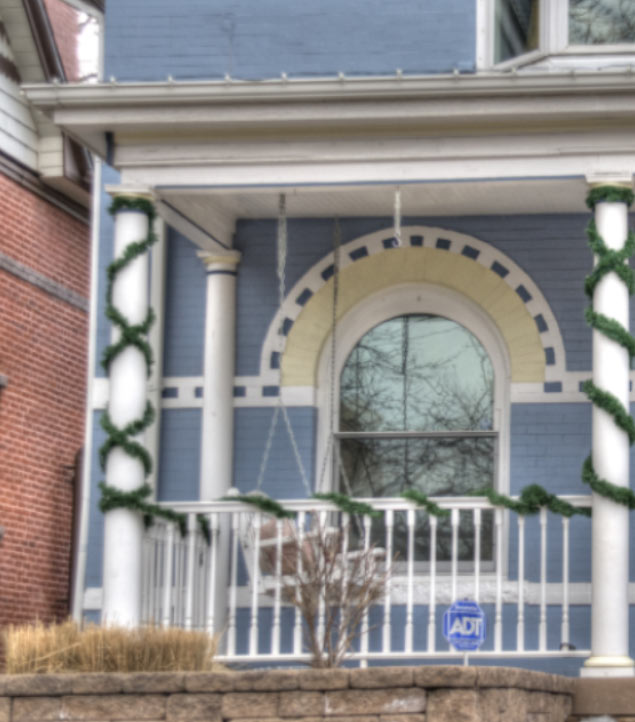History | Why a historic district | Benefits | Modifying my home | The process | More Info | Contact
Denver’s 52 historic districts enhance our City’s unique identity, quality of life, and economic vitality. Today, our neighborhood has a unique opportunity to join them – before too much of its history and architecture is lost forever.
Historic districts support neighborhood value, uniqueness, and variety, and contribute to an area’s long-term desirability.
- Packard's Hill has unique charm and character that are worth preserving. Historic districts provide a link to our past, and enrich our community by conveying a sense of continuity, identity, and place.
- Property values benefit: historic designation results in higher property values on average, compared to homes in neighborhoods that have not been designated
- Tax credits: In a historic district, homes deemed "contributing" may take advantage of a $50,000 state tax credit for approved maintenance projects, over a period of 10 years, and for up to 20% of approved project value. This includes roof replacement, electrical and plumbing upgrades, etc.
- Historic districts promote community, by attracting people who move in to stay and invest in the neighborhood.
- Can I pop the top? Yes, modifications are allowed, provided their design conforms to the area’s design guidelines. This includes building extensions or adding solar panels. You can paint your house anytime, any color - no permit required!
- Denver's regulations for historic districts are flexible enough to allow for homes to be expanded and updated to meet modern needs and preferences.
- It’s sustainable: Modifying and expanding existing buildings is more sustainable, as it takes advantage of all the resources and materials already embedded in an existing building, instead of sending them to a landfill.
- New homes in Denver: Most new homes built in Denver today are specified to last 25-40 years. Today’s construction may not contribute to neighborhood value in 20-30 years. By contrast, brick buildings can last and be treasured for hundreds of years.

